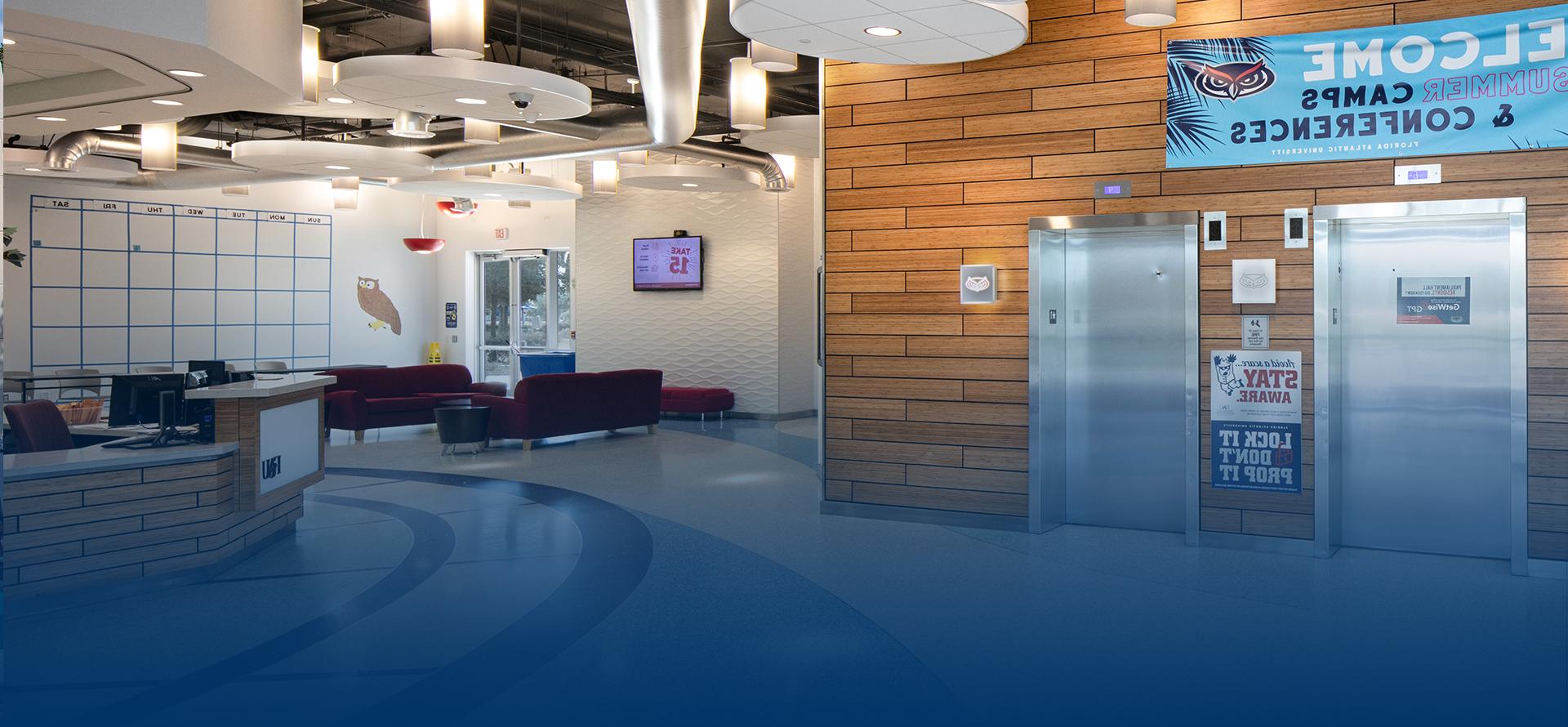DISASTER SUPPLY KIT
Below is our recommendation of what to have ready in case of a hurricane or natural disaster.
GENERAL
- Two-week minimum supply of medication, regularly used medical supplies, and a list of allergies
- Batteries
- Flashlights (Do not use candles)
- Cash (Banks and ATMs may not be available after a storm)
- Cell phone chargers

PHONE NUMBERS
- Maintain a list of important phone numbers including: County emergency management office, evacuation sites, doctors, banks, schools, veterinarian, a number for out of town contacts, friends and family
CLOTHING
- Rain gear such as jackets, hats, umbrellas and rain boots
- Sturdy shoes or boots and work gloves
FIRST AID
- First Aid Manual
- Sterile adhesive bandages of different sizes
- Sterile gauze pads
- Hypoallergenic adhesive tape
- Triangular bandages
- Scissors
- Tweezers
- Moistened towelettes
- Antiseptic
- Disinfectant wipes
- Hand sanitizer
- Thermometer
- Tube of petroleum jelly
- Soap
- Latex gloves
- Sunscreen
- Anti-diarrheal medicine
- Antacid
- Laxative
- Cotton balls/Q-tips
FOOD AND WATER
- Nonperishable packaged or canned food and beverages, snack foods, juices, and any special dietary items to last at least 7 days
- Water (1 gallon per person per day)
- Non-electric can opener
- Paper plates
- Napkins
- Plastic cups
- Utensils
IMPORTANT DOCUMENTS
- Insurance cards
- Medical records
- Banking information
- Credit card numbers
- Copies of social security cards
- Copies of birth certificates
VEHICLE
- Keep your motor vehicle tanks filled with gasoline or fully charged
ESA CARE ITEMS
- Pet food and water to last at least 7 days
- Proper identification
- Medical records/microchip information
- A carrier or cage
- Muzzle and leash
- Water and food bowls
- Medications
- Supplies for your service or ESA animal
